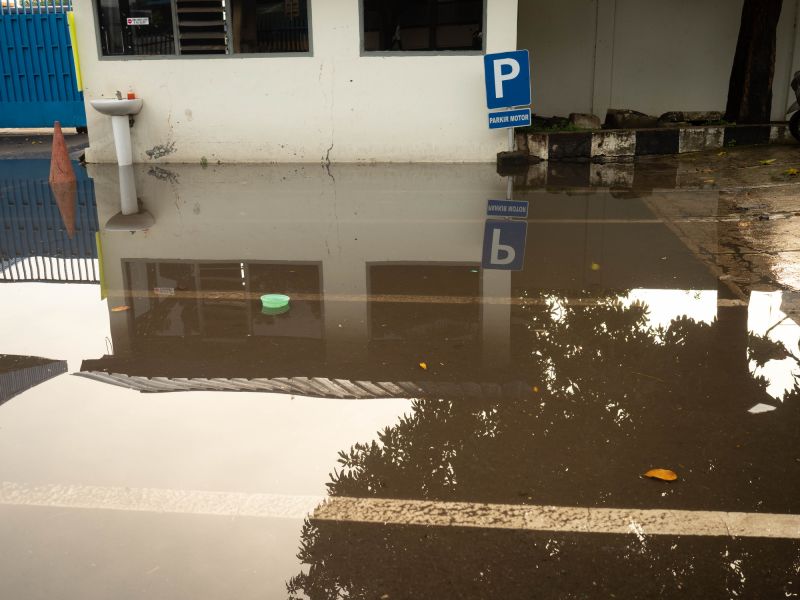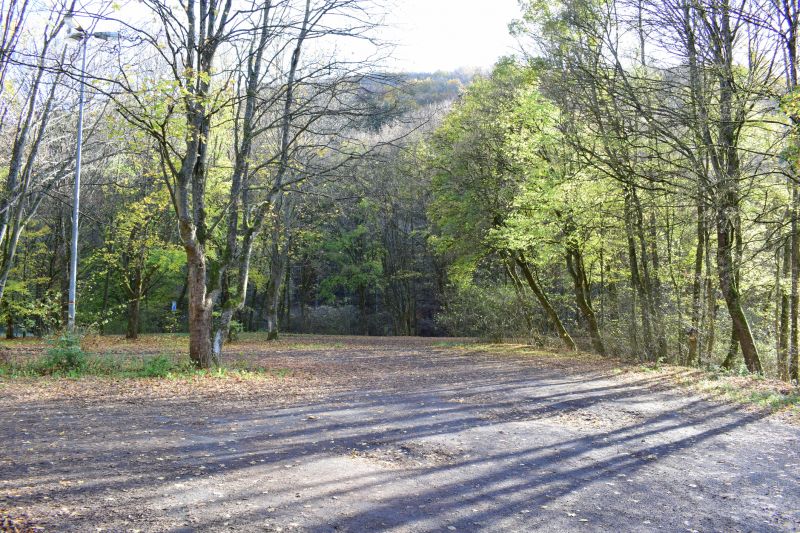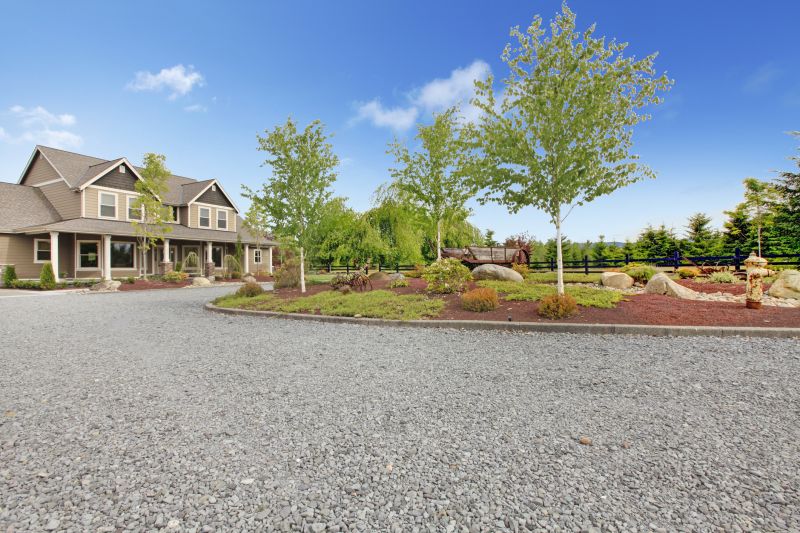Parking Area Grading Services

Assessments are most accurate when the pavement is dry, providing clear insights into surface conditions.

Conduct grading after winter or rainy seasons to identify damage caused by weather-related wear.

Perform grading assessments before new construction or resurfacing projects to establish baseline conditions.

Late spring and early fall offer ideal temperatures for accurate grading without extreme heat or cold.

Ways to make Parking Area Gradings work in tight or awkward layouts.

Popular materials for Parking Area Gradings and why they hold up over time.

Simple add-ons that improve Parking Area Gradings without blowing the budget.

High-end options that actually feel worth it for Parking Area Gradings.
Parking area gradings involve evaluating the surface conditions of parking lots to ensure proper drainage, surface integrity, and safety. Accurate grading helps prevent water pooling, reduces surface deterioration, and extends pavement lifespan. Regular assessments are vital for maintaining functional and safe parking environments, especially in high-traffic areas.
Statistics indicate that proper grading can reduce maintenance costs by up to 30% and prolong pavement life by several years. Seasonal weather changes significantly impact parking surface conditions, making timing crucial for effective grading. Conducting assessments during optimal weather conditions ensures precise evaluations and effective planning for repairs or improvements.
Rain and snow can cause erosion and surface damage, emphasizing the importance of grading after adverse weather.
Proper grading ensures water flows away from surfaces, preventing pooling and reducing damage.
Cracks, potholes, and uneven surfaces are indicators that grading may be needed.
Regular grading assessments help plan maintenance during suitable weather periods.

Visual and technical assessment of surface slopes and drainage features.

Ensures that water flows efficiently away from parking surfaces.

Identifies early signs of deterioration requiring grading adjustments.

Assessing damage after storms or winter to determine necessary grading corrections.
| Ideal Timing for Parking Area Gradings | Key Considerations |
|---|---|
| Late Spring | Moderate temperatures and dry conditions facilitate accurate assessment. |
| Early Fall | Prepares surfaces for winter and addresses weather-related wear. |
| Post-Weather Events | Following storms or winter, to evaluate damage and plan repairs. |
| Pre-Construction | Before new developments or resurfacing to establish baseline conditions. |
| Avoid Extreme Heat or Cold | Temperatures above or below optimal ranges can impair grading accuracy. |
Choosing the right time for parking area gradings ensures accurate evaluations and effective maintenance planning. Seasonal weather patterns influence surface conditions, making timing crucial. Regular assessments during optimal periods help identify issues early, optimize repair schedules, and extend the lifespan of parking surfaces.

Visual assessment of surface integrity and drainage features.

Ensures water flows away efficiently, preventing pooling.

Evaluating damage caused by storms or winter conditions.

Finishes and colors that play nicely with Parking Area Gradings.

Little measurements that prevent headaches on Parking Area Gradings day.

A 60-second routine that keeps Parking Area Gradings looking new.

A frequent mistake in Parking Area Gradings and how to dodge it.

Small tweaks to make Parking Area Gradings safer and easier to use.
Interested parties are encouraged to contact for more information about parking area grading services. Proper timing and regular evaluations are essential for maintaining safe and functional parking facilities.
